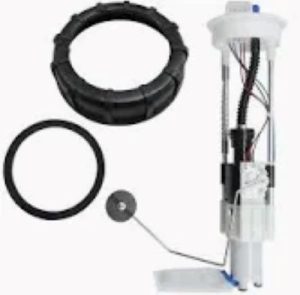The voltage to your fuel pump is a critical diagnostic step in isolating the cause of a no-start or hard-start condition, engine misfires, or low fuel pressure. The fuel pump needs power to work, if there are voltage issues that may result in inadequate flow of fuel. Many fuel pumps need 12 volts (or more) to run properly, but a voltage much less than that could indicate an electrical problem.
You can check for the voltage at the fuel pump with a multimeter that is set to read DC voltage. The first thing you want to do is find the fuel pump’s electrical connector (this can often be found near the fuel tank, or near the fuel pump relay). Make sure the battery in the vehicle you are using is fully charged before attempting to test for settlement. Step 3: Unplug the fuel pump connector and place the multimeter probes on the positive terminal and ground with the engine off.
The second step is to put the ignition key into an on position and do not start the engine. This turns the fuel pump on and allows you to test for voltage. Multimeter reading should be near 12 volts. A much lower voltage may mean a dying fuel pump relay, corroded wiring, or poor grounding. No Voltage At All: The fuse, relay or wiring harness might be the culprit here if you do not get any voltage.

A 2021 automotive report states that electrical problems account for approximately 15% of fuel pump failures. While none of these issues are too challenging to diagnose, all can quickly develop into performance problems left unchecked.
This should be a good troubleshooting step that you can do to prevent total failure of your fuel pump. Tesla CEO Elon Musk also recently commented on the necessity of maintenance throughout electrical systems: “Maintenance for your car's electrical components is crucial given these are vital to both vehicle performance and longevity. Maintaining the right voltage to your fuel pump guarantees that your motor receives a steady flow of gasoline and that gives you both the ultimate power and fuel savings.
Visit Fuel Pump to learn more about fuel pump care and how to fix them if they fail or just need a thorough cleaning.